Discover how to identify struggling households early, reducing debt and enhancing customer outcomes.
How to reduce energy customer debt before it starts
For years, energy retailers have lived with a frustrating truth: by the time a customer’s financial distress becomes visible, the opportunity to help has already passed. One executive summed it up perfectly: “It’s more effective — and more humane — to stop people falling from the top of the cliff than trying to put them back together at the bottom.”
And yet, help often doesn’t arrive until the disconnection process has begun.
This is the core failure of late-stage collections strategies. A once-reliable customer who quietly fell behind is now unreachable, embarrassed, and overwhelmed. Their debt has grown. Their trust in the retailer has eroded. And the chances of a good outcome? Slim.
It’s time for a change. A shift toward proactive collections strategies for energy customers.
Why early intervention matters
Early intervention for customer arrears isn’t just a nice-to-have—it’s emerging as one of the most effective customer hardship support strategies in the energy sector.
When you act early:
- Debt is smaller and more recoverable
- Customers are more receptive
- The cost of treatment is lower
- And customer trust is preserved
It’s a smarter approach—and one that’s gaining traction as more retailers explore collections innovation in energy.
But struggling customers aren’t reaching out
One of the biggest misconceptions in the industry is that customers in financial stress will proactively ask for help. In reality, financial hardship tends to silence people. Shame, anxiety, and uncertainty cause people to shut down—not pick up the phone.
Many are new to hardship. They’ve never been on a payment plan. They don’t know what support is available—or whether they even qualify. So they delay, hope for a better month, and eventually stop engaging entirely.
That’s why traditional triggers don’t work. By the time your team is aware, the damage is already done.
The limitations of traditional collections tools
Most collections teams still rely on triggers like late payments, high bills, or broken payment arrangements. But these are reactive—not predictive.
To truly transform collections process improvement, energy retailers need to shift from lagging indicators to leading signals. And that’s where technology can help.
Enter Predictive AI: a tool to support vulnerable customers
Today’s AI solutions for collections teams don’t just crunch payment data. They analyse massive volumes of behavioural and operational data—like changes in usage patterns, account activity, or engagement levels—to identify financial hardship early.
These new technologies for customer arrears are uncovering distress signals well in advance—flagging customers who would never have been identified using traditional methods.
And once identified, retailers can engage those customers with empathy and relevance—using energy customer support automation to deliver timely, personalised outreach.
This is how to engage customers in financial stress—with messages that feel human, helpful, and non-judgmental.
Energy debt prevention programs that work
Instead of focusing on recovering debt after the fact, leading retailers are shifting toward energy debt prevention programs. These initiatives don’t just reduce arrears—they also improve operational efficiency, meet regulatory expectations, and enhance customer loyalty.
The business case is now clear:
- Early contact means smaller debts
- Customers are more likely to respond
- The long-term value of the relationship is retained
It’s no longer about managing bad debt. It’s about how to reduce energy customer debt before it spirals out of control.
The new mandate: Act before they fall
If energy retailers want to build lasting, trust-based relationships with customers—and stay ahead of mounting cost-of-living pressures—they must embrace best practices for managing customer debt.
That means:
- Replacing reactive systems with proactive strategies
- Investing in AI tools that detect early warning signs
- Shifting internal culture from collections to care
It also means accepting that the most vulnerable customers may never ask for help. You have to go to them.
With the right tools, insights, and intent, energy retailers can lead the way in collections innovation—not just reducing bad debt, but creating better outcomes for everyone.
If you’re rethinking how to support customers in hardship and would like to explore strategies to reduce customer debt before it starts, we’d love to hear from you. Get in touch.


